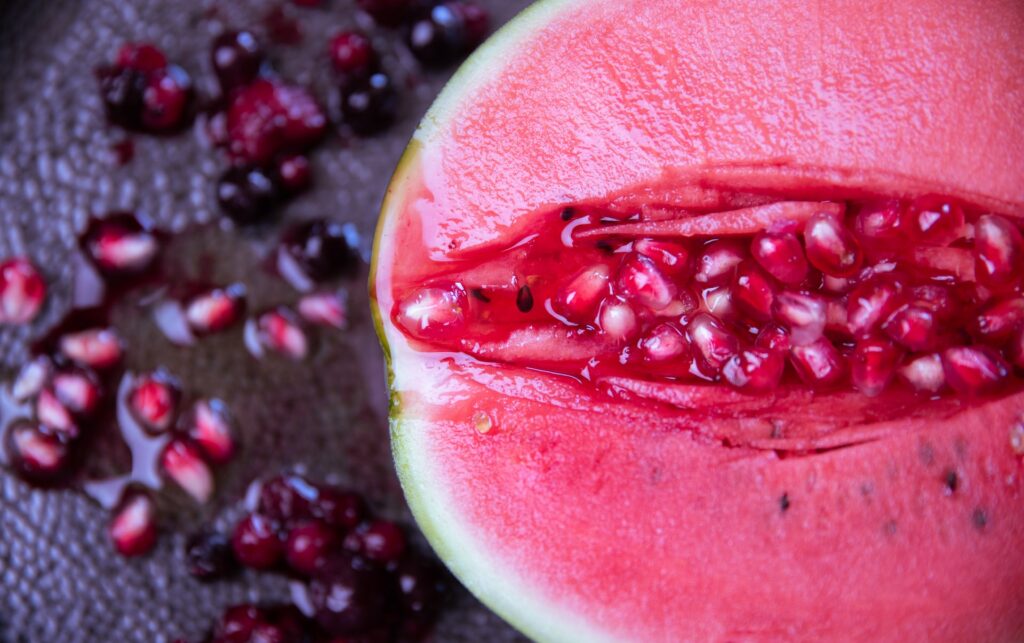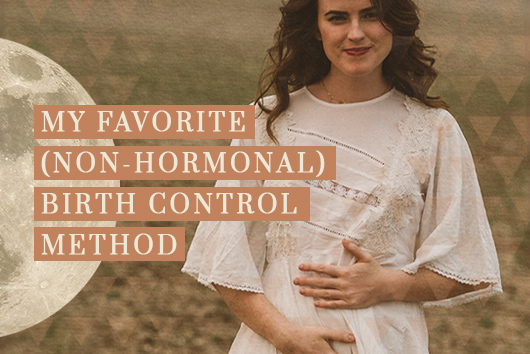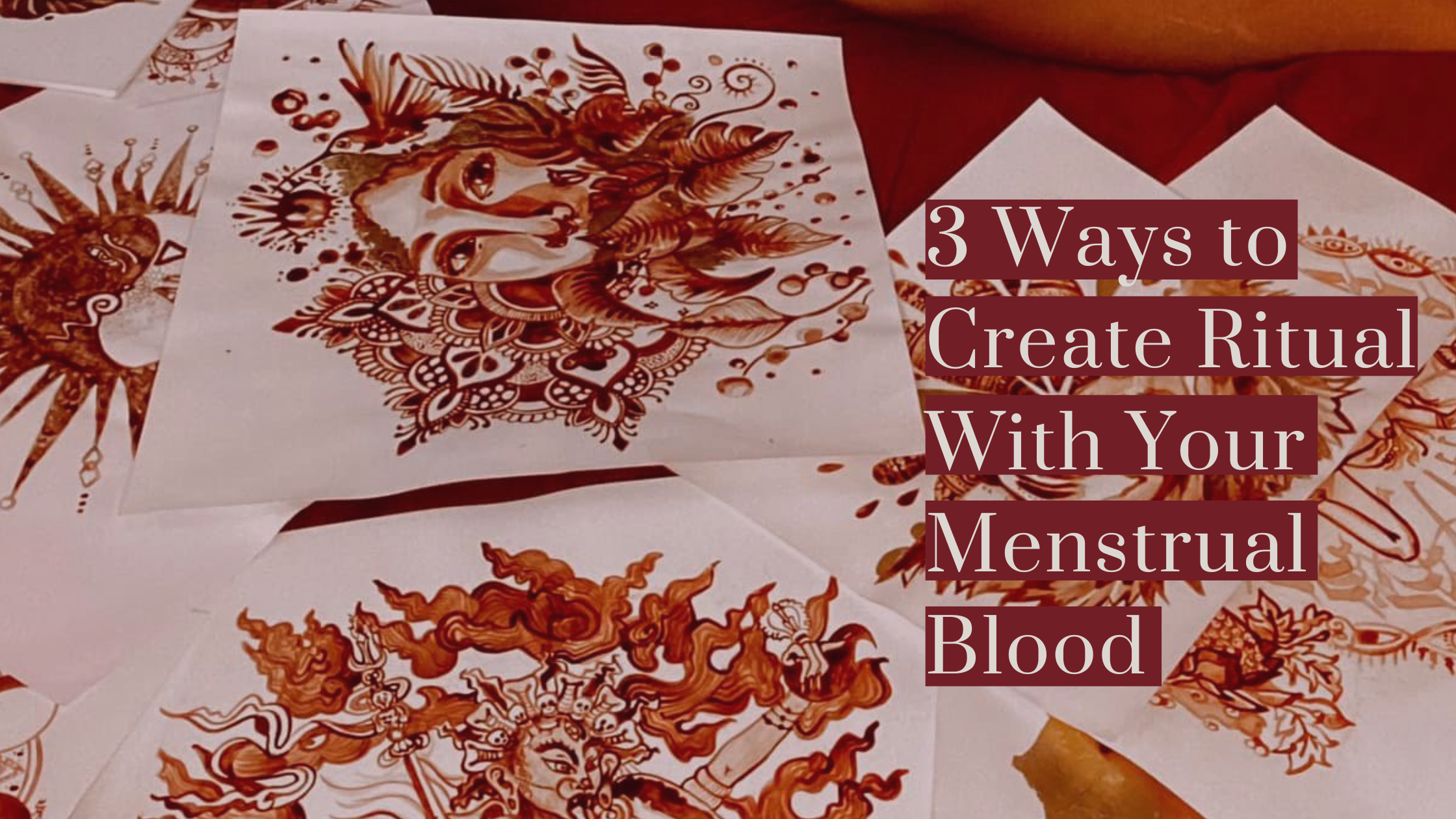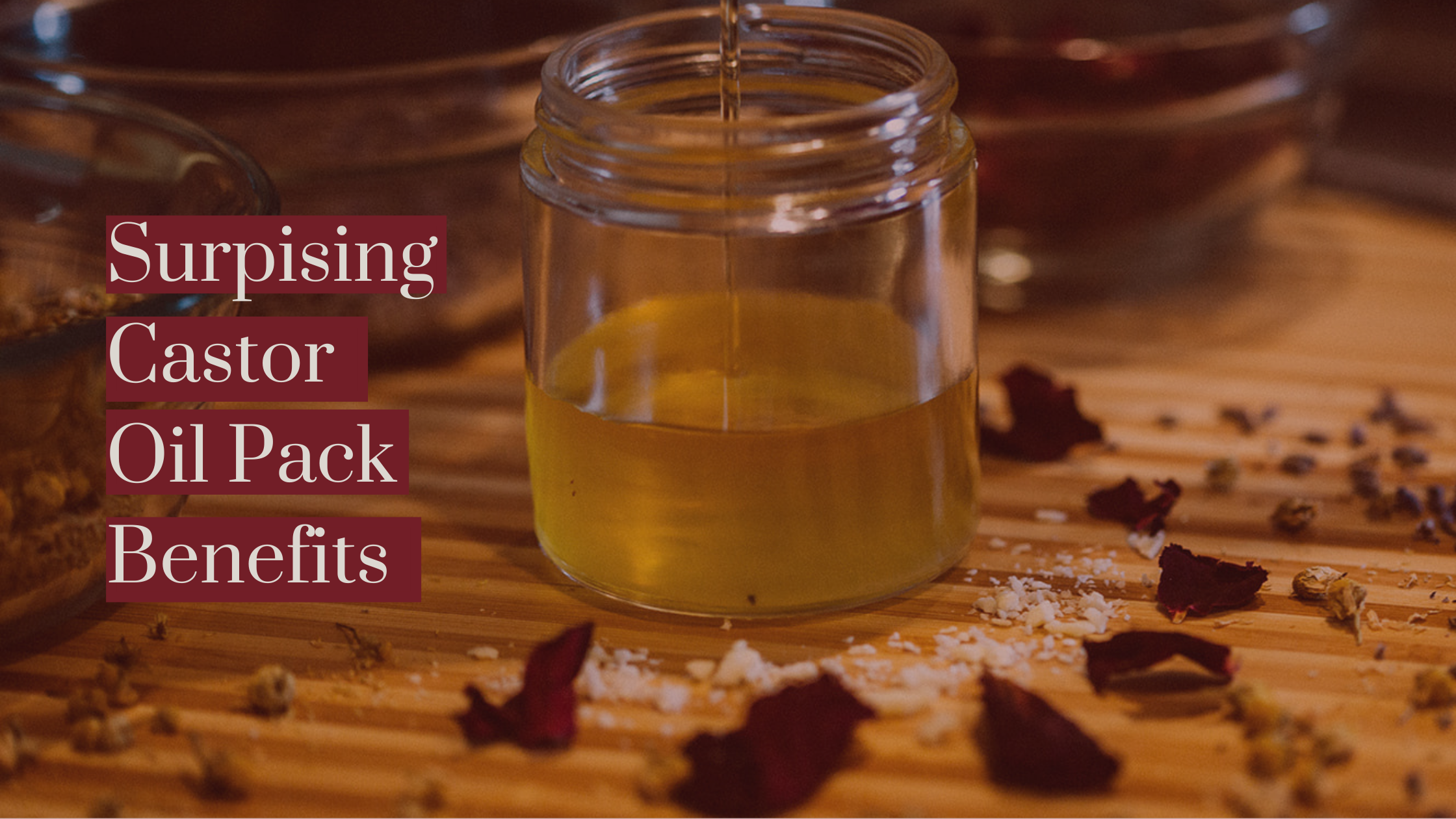3 Things You Didn’t Know About Your Sensual Anatomy

Usha Anandi. 10 | November | 2025
When I first started exploring my sexuality, I was astonished to know that I had been taught virtually nothing about how my body worked, let alone the science behind my arousal. Most of the things I had learned about my body and it’s capabilities were rooted in misogyny and a history of patriarchy.
If women had been historically sidelined by a system that was never built for us, then why WOULD female pleasure matter?
Our bodies are built for more than making babies (even though that’s pretty damn awesome we have the potential to do that, too). And sex can be powerful, pleasurable, and a pathway to deeply fulfilling self-discovery.
If you are ready to claim your sexual power, want to unlock the fullest potential for PLEASURE in your body and crave a deep sense of knowing and connection to your body, then my FREE Womb Health Reclamation Training might be for you.
If you’ve felt disoriented by our medical system, crave a deep sense of knowing and connection to your body, and want to experience the wisdom of your womb, then my free Womb Health Reclamation Training might be for you.
Register for the Free Training by tapping the button below.
After working with thousands of womben, I’ve learned that there’s a lot of misinformation out there regarding our bodies and how they work.
Whether you decide to join my Womb Health Reclamation Training or not, I want you to walk away from this blog feeling like you’ve learned something, so here are 3 surprising facts that most women and people with wombs don’t know about their sexual anatomy.
And remember, it’s not our fault we don’t know these things.
Scientific research has rarely had women’s pleasure in mind (in fact, many Doctors still doubt that female ejaculation is anything but urine even though anecdotal evidence says otherwise).
Our Mothers and Grandmothers probably didn’t know these facts, and we certainly weren’t taught them in high school (at least I wasn’t).
But now we have the tools to make a change. To rewrite our narrative and take responsibility for our relationship with our bodies and our sexuality.
It’s a humbling path, and I’m here to walk it with you.
So here they are, the three things! Keep reading until the end… the facts get more juicy as you go on!
#1. The vulva and vagina are NOT the same thing.

When referring to female genitalia, vagina is often used to describe all parts, both internal and external.
Not only does the word vagina not even BEGIN to accurately cover the map of female organs of arousal, it’s origins are rooted in patriarchy and heteronormative culture.
Vagina, means “sheath”, as in a sheath for someone else’s sword. I don’t know about you, but I like to think of my vagina as much more than just a sheath, rather a passageway for LIFE – whether it’s human life or a creative project
Clumping all female genitalia into the word vagina is not only anatomically inaccurate, but detrimental to our relationship with our bodies and potential for pleasure.
Because although the vagina may be the most pleasurable area for some, the clitoris can create some serious orgasmic waves, too.
But of course we don’t focus on the ONLY HUMAN ORGAN MADE SOLELY FOR PLEASURE (claps for the clitoris!).
Instead, summarize our anatomy with the word vagina.
We choose the word that has the most function and use for men (i.e. where some babies come from or where penises penetrate) because our language and perspective is enmeshed in patriarchy – you following me?
To dismantle the patriarchal narrative, we need to familiarize ourselves with OUR bodies.
So let’s continue by exploring the magic of the va va va vivacious vulva.
Take the labia, for example. Part of the terrain of the vulva, labia means “lips” or “lip-like parts”.
The labia consists of two parts: the majora and minora…
Sheri Winston, Author of Women’s Anatomy of Arousal describes the labia majora as the outer lips and inner lips, which allows women and people with labias of all shapes and sizes to be included.
I wish I had this definition growing up, as I often judged my external lips for their size. It wasn’t until I became a doula and started seeing a LOT of labias that I realized that no labia, or vulva for that matter, are the same.
Do you know what your labias look like?
The labias are full of nerve tissue that collaborates with clitorial tissue to offer deep, powerful, orgasmic pleasure.
If this was common knowledge, perhaps labiaplasty wouldn’t be so popular.
Advertised as “feminine rejuvenation surgery”, labiaplasty is a cosmetic procedure that includes cutting and reducing the size of the inner and outer lips, as well as occasionally removing tissue that covers the clitoris.
Although many plastic surgery centers tout it as “a new beginning for your body”, many women and people with vulva’s who receive labiaplasty report numbness, discomfort, and even pain after the procedure.
In 2018, labiaplasty was the fourth most popular cosmetic surgery in the United States.
According to research, girls as young as nine are seeking the surgery.
SCREW THAT.
Before I continue, let me be clear that I would NEVER judge a woman who chooses to get labiaplasty, or any kind of surgery for that matter.
But I do judge a system that manipulates women into thinking their bodies aren’t beautiful.
That’s why we have to create a system where body-positive and feminine-based sex education is available to everyone.
Because let’s face it, when the majority of our sex education is fear-based or non-existent at all – porn takes its place.
Your labias are perfect just as they are – and nature agrees. In fact, there’s a reason why your inner and outer lips most likely don’t look the same as they did when you were nine, and here’s why…
Rising levels of estrogen triggered by the onset of puberty make both the inner and outer lips enlarge and grow. After puberty, both of your inner and outer lips may be bigger than they were before due to a rise in estrogen…
So a larger labia is a sign of FERTILITY, it means your hormones are doing what they’re supposed to do.
The vulvas that are coveted in adult films and therefore by a large part of the world are equivalent to the vulvas the size and shape of prepubescent girls.
Rather than change our bodies to fit the desires of a sick society, what if we changed society instead?
It’s SO vital that we come together to shift the culture, learn our sensual anatomy, and celebrate the power we hold.
That’s what we’ll explore together in my Free Womb Health Reclamation Training.
#2 Timing is everything.
Many of the women I work with complain about pain, dryness, or lack of sensation during sex.
More often than not, the answer to their challenges reside in more foreplay.
I’ve always hated the word foreplay, because it insinuates that it’s the actions you take before the big event, i.e. vaginal penetration.
Physiologically, women and people with vagina’s NEED foreplay to become fully aroused.
It takes men and people with penises 30 seconds – 3 minutes to reach full arousal.
It takes women and people with vagina’s 35 – 40 minutes to become fully aroused.
Do you see what I mean when I say timing is everything?
If we’re not fully aroused, we’re not fully lubricated.
If we’re not fully aroused, we’re not fully engorged.
If we’re not fully engorged, we’re not at our most sensitive, alive, and pleasurable.
If we were meant to rush through sex to the big finale, then why is our physiology designed this way?
Our bodies are trying to tell us something – slow down, remain present, and enjoy every delicious moment.
I tell clients to aim to have at least one orgasm (read below for some tips and tricks) before anyone puts something inside of you.

#3 Not everyone’s pleasure pathways are the same.
For years, I shamed myself for not having orgasmed through solely vaginal penetration.
To orgasm, I need either clitorial stimulation or anal stimulation. If you really want to make me lose it, try both.
“I must have something wrong with me”, I thought. In processing it once with a sex therapist, they suggested that I may have some unprocessed vaginal trauma.
And while I’m sure on some level that’s true (because living in this world as a woman or person with vagina, who doesn’t?)… I actually think something else is going on.
Because as it turns out, I’m not the only one wired this way.
Unlike men, who have carbon copies of their nerve endings through their pelvis, no one woman is wired the same.
Some have more nerve endings in their clitoris, making their clitoris extra sensitive and possibly, their clitorial orgasms stronger.
Some have more nerve endings inside their vagina, making their vagina extra sensitive and possibly, their vaginal orgasms stronger.
Some have more nerve endings in their anus, making their anus extra sensitive and possibly, their anal orgasms stronger.
So undoubtedly, nothing is ever wrong with us.
We don’t need to fix anything, because we aren’t broken.
Our bodies are simply meant to be explored.
If you’re ready to learn more about your sensual anatomy, tune into your sexuality, and harness your erotic power, I created something for you.
I’ve taught my Womb Health Reclamation Method to over 32,000 womben from all over the world (pinch me!), and this 75-minute training will support you with practical, tangible tools to start reconnecting with your most sacred space right now.
Whether you’re just starting to be a little womb-curious, or maybe you’ve been walking this path for a really long time… this training has something for you.
In this training, we’ll discuss topics like anatomy of your female pelvis, ancestral healing, living your life according to your cycle, healing your nervous system through pleasure, and more. It’s $0, and you can reserve your space by clicking the link below.
Join us and unleash the power of your womb by becoming an expert on your own body.




